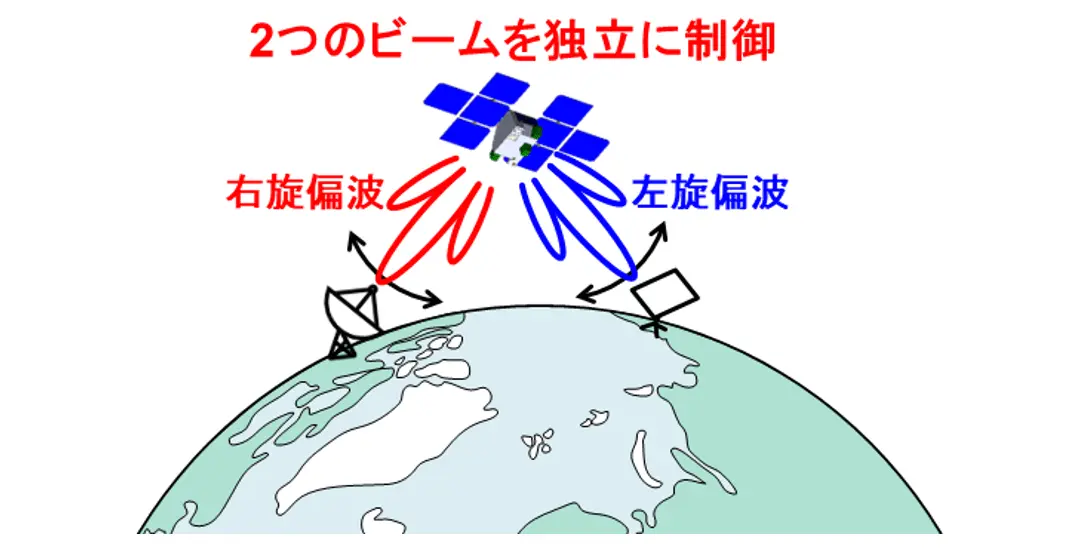2025-04-08 東京科学大学
 図1. 右旋および左旋円偏波を独立にビーム制御可能
図1. 右旋および左旋円偏波を独立にビーム制御可能
<関連情報>
- https://www.isct.ac.jp/ja/news/sx3tsrpd1j95#top
- https://www.isct.ac.jp/plugins/cms/component_download_file.php?type=2&pageId=&contentsId=1&contentsDataId=1254&prevId=&key=d8d50caca06e489541cc5ac4e777805c.pdf
- https://ieeexplore.ieee.org/document/10904607
11.1 小型衛星群向けスイッチ型直交ハイブリッドファーストアーキテクチャを用いた256素子KaバンドCMOSフェーズドアレイ受信機 11.1 A 256-Element Ka-Band CMOS Phased-Array Receiver Using Switch-Type Quadrature-Hybrid-First Architecture for Small Satellite Constellations
Sena Kato; Jill Mayeda; Keito Yuasa; Michihiro Ide; Takeshi Ota; Shu Date,…
2025 IEEE International Solid-State Circuits Conference (ISSCC) Date Added to IEEE Xplore:06 March 2025
DOI:https://doi.org/10.1109/ISSCC49661.2025.10904607
Abstract:
Small satellite constellations deploy many small satellites in low earth orbit (LEO), allowing them to communicate with each other and with ground stations to provide a robust worldwide network. Compared to large conventional satellites, many small satellites can be deployed in a single launch, thus significantly reducing costs [1], [2]. In addition, small satellites are available in a wide range of sizes, from several 10s of kgs to several 100s of kgs, and the requirements vary greatly depending on the weight of the satellite. The upper figure in Fig. 11.1.1 shows the use cases of various satellites and their respective specifications. For 10s of kgs satellites, it is important to operate with low power consumption, due to the limitations of the solar panels, and the satellites only need to receive low-speed single-polarized signals [3]. In Fig. 11.1.1, these two small satellites receive right-hand circular-polarized (RHCP) signals and left-hand circular-polarized (LHCP) signals from ground stations. On the other hand, 100s of kgs satellites can be equipped with a large solar panel, so they do not need to operate with low power consumption, however, these satellites need to receive high-speed dual-polarized signals [4]. Physically, the use of dual polarization enables the ability to communicate with two separately located signals (i.e. a user terminal (UT) and a ground station) simultaneously, which this work aims to achieve. In Fig. 11.1.1, two small satellites are drawn, one receiving RHCP and LHCP signals from a ground station and a UT, respectively, and the other receiving RHCP and LHCP signals from the same ground station. In this work, we propose a phased-array receiver using a switch-type quadrature hybrid that can switch its operation as a quadrature hybrid to flexibly meet the requirements of various satellites. Conventional receivers can only receive single-circular-polarized signals or if the receiver can receive dual-circular-polarized signals, they require large power consumption. The proposed receiver reduces power consumption by half when receiving single-circular-polarized signals and operates with the same power consumption when using dual-circular polarization. In addition, the proposed receiver can also receive linear-polarized signals for a wide range of satellite requirements and applications.



